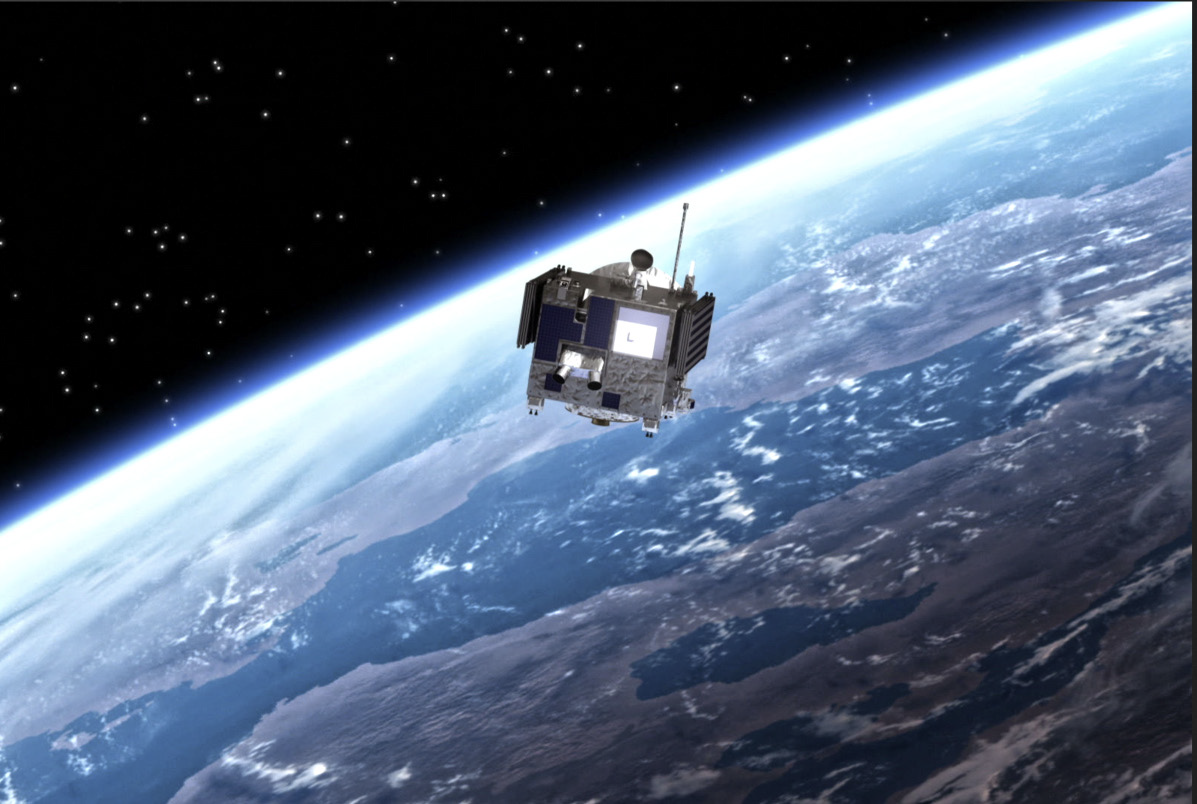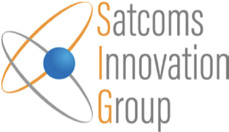________________________
Helen Weedon, Managing Director, Satcoms Innovation Group (SIG)
The SATCOM industry has been facing a challenging couple of years, with large parts of the customer base moving to other technologies, a fight for spectrum, and increasing threat of interference, both accidental and deliberate. However, it has been rising to the challenge and innovating to secure its continued value.

The move to the cloud, development of Direct-to-Device (D2D) capabilities, and SATCOM’s unique position to deliver coverage anywhere mean its importance may even grow as we head into 2025. I asked some of the SIG members for their view on the upcoming trends and here are some of the main themes that emerged from those conversations.
__________________________________________________________
Governments are growing interest in space,
but it remains to be seen if they will go far enough
_____________________________________
There has, of course, always been an interest in space from global governments, however they have a huge role to play and often it doesn’t go far enough to tackle the challenges we face. Recent government changes in the USA and UK may well impact the environment going forward.

According to Richard Jacklin, Business Development - Commercial Lead, at Plextek, “The global space economy is estimated to be worth more than $400 billion. It is also estimated that at least half of this opportunity is in the USA alone, which means that understanding the USA, but also UK government trajectory will have a huge influence.” And, of course, with Elon Musk positioned as a strong ally of the US President, it is likely that space will rise up the governmental agenda. What remains to be seen is whether that will have a positive impact for the entire industry or be too much in favor of Starlink.
He added, “Since the changes of 2024, we will get a clear picture of what the government investment priorities are going to be. The UK is going through a spending review with priorities currently for green industry investment.” Perhaps that will see the UK backing initiatives aimed at cleaning up space, but that remains to be seen. “
______________________________________
Spectrum is back on the agenda
__________________________________
Interestingly, this year we have certainly heard a lot more discussion around protecting spectrum. This is most likely driven by two main factors.
First, in the current global climate, we are experiencing a significant rise in deliberate jamming.
Second, there continues to be pressures for the SATCOM industry to release spectrum, especially for mobile network operators. It is hard to say whether interference has increased overall, though we are in the midst of trying to gather a view of the state of RFI, but it is certainly getting talked about more.
I presented—as part of a European Space Agency Clean Spectrum Day, a discussion on the value of spectrum, current threats, and possible future solutions. It was an interesting discussion and made it clear that RFI is causing challenges directly across the industry, from skewing Earth Observation (EO) data to causing service outages. It is also clear that cleaning up the spectrum will require both more innovation and regulation, something that ESA is hoping to influence with continued discussions around this topic.
When it comes to spectrum sharing, this has been a hotly debated topic for a number of years. I’m aware that there are a number of innovations aimed at making it feasible to share spectrum in a way that doesn’t impact services. If these are successful, this could be extremely valuable. At the same time, D2), which will see satellite used to provide connectivity direct to smartphones, could completely change the game.
As Jacklin pointed out, “If Direct to Device works successfully there will be a huge argument to release spectrum. Ironic that we have seen part of the C-band move from satellite operators to mobile network operators – perhaps this will signal a shift of spectrum move from MNO back to space for D2D.”
___________________________________
On-orbit services will grow and evolve
____________________________________
At the ESA Clean Spectrum day, the question was posed as to whether space-based technologies can help by complementing ground systems. There were a number of solution providers present looking at different applications and potential of on-orbit technology to improve access to clean spectrum.
In the UK, Methera recently received multi-million pound grant support from the UK and European Space agencies to drive development of an innovative AI-powered “Engine for Space Data Analysis” (ESPADA). This MEO operator is launching a constellation in 2027 and plans to include the ability to provide Space Domain Awareness (SDA) services as well as the tracking of spectrum activity across GEO, MEO, and LEO.
Given the huge potential of using space-based technology and the huge volume of launches we are expecting over the coming years, I’m certain this is an area that will grow significantly during the coming years.
The ground segment will continue to innovate to keep up with the growth of LEO constellations
 One element I love about the SATCOMs Innovation Group is learning about the amazing innovations coming out of companies across this industry. This has been apparent over recent years more than ever before, driven by a need to keep up with an increasingly complex environment.
One element I love about the SATCOMs Innovation Group is learning about the amazing innovations coming out of companies across this industry. This has been apparent over recent years more than ever before, driven by a need to keep up with an increasingly complex environment.
As Joakim Espeland, CEO, Quadsat highlights, “the SATCOM industry is going to get even more complex, as we see more launches and an increase of multi-orbit networks. This is going to cause more challenges we don’t even know yet relating to potential errors and interference.”
John Yates, Managing Director, Atheras Analytics, echoes Joakim’s view. “We are seeing an intense development of NGSO constellations, and this is having a huge impact on ground networks. These constellations require a huge volume of gateways, many more than for GEO, and that means even more complex network management challenges for the satellite operators.”
Both Quadsat and Atheras Analytics have innovative solutions, helping GEO and Non-GEO operators ensure they can enable seamless connectivity. For Quadsat, that is done by democratizing access to high quality testing of ground equipment, and for Atheras, it is about being able to predict and react ahead of weather events.
We are seeing a huge range of further innovation helping to make the ground segment better equipped for these constellations. One of the big areas right now is that transition to the cloud.
According to Espeland, “the move to the cloud is a significant step for the industry, which will help it access the much-needed flexibility, scalability, and cost-efficiencies that cloud affords.”
Of course, this will be quite an undertaking and collaboration and the work of groups, such as the Digital Intermediate Frequency Interoperability (DIFI) Consortium, will be key to making this happen.
Starlink will continue to dominate but the industry will step up its fight to compete
 Mark Steel, Director of the SATCOMs Innovation Group, believes, “Satellite operators are increasingly having to figure out how to compete against the Starlink juggernaut. Starlink has quickly gained dominance in a crowded marketplace and Elon’s seat at the right hand of Donald Trump will possibly only further that position. However, operators and manufacturers are stepping up the fight and looking for new ways to compete.”
Mark Steel, Director of the SATCOMs Innovation Group, believes, “Satellite operators are increasingly having to figure out how to compete against the Starlink juggernaut. Starlink has quickly gained dominance in a crowded marketplace and Elon’s seat at the right hand of Donald Trump will possibly only further that position. However, operators and manufacturers are stepping up the fight and looking for new ways to compete.”
A lot of the innovation mentioned above will be key here. A move to multi-beam, multi-network and multi-orbit ground terminals and more efficient ways to utilize the cloud will make Satellite operators across the globe more flexible and help them afford much-needed cost-efficiencies, while embracing other tools and technology that help keep spectrum clean will mean they can maximize their entire networks rather than leaving chunks unusable due to RFI, for example.
Ultimately in any industry competition is good as it means you have to step up the game!
The Outlook is Good
While challenges remain, the industry is in a good place. The growing interest in space, thanks to LEO launches and, quite frankly, Elon Musk, can only help this industry to grow and thrive and I believe 2025 will be an exciting year for SATCOM.

